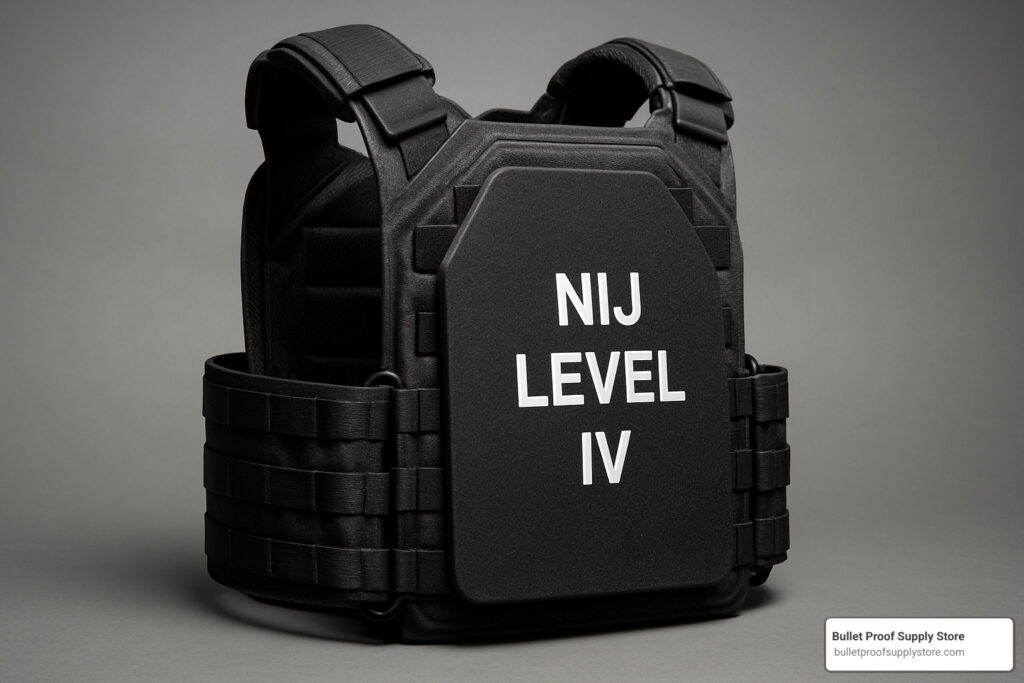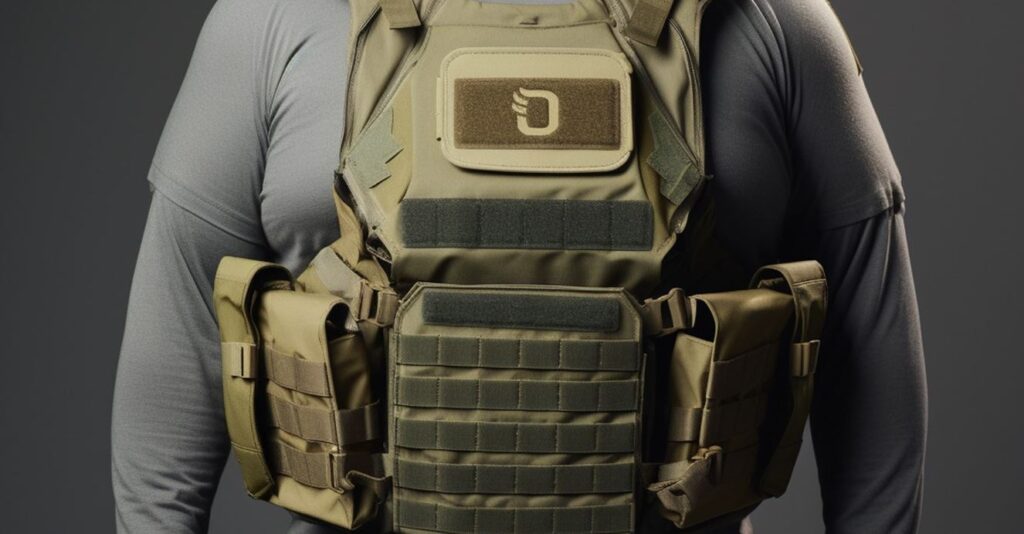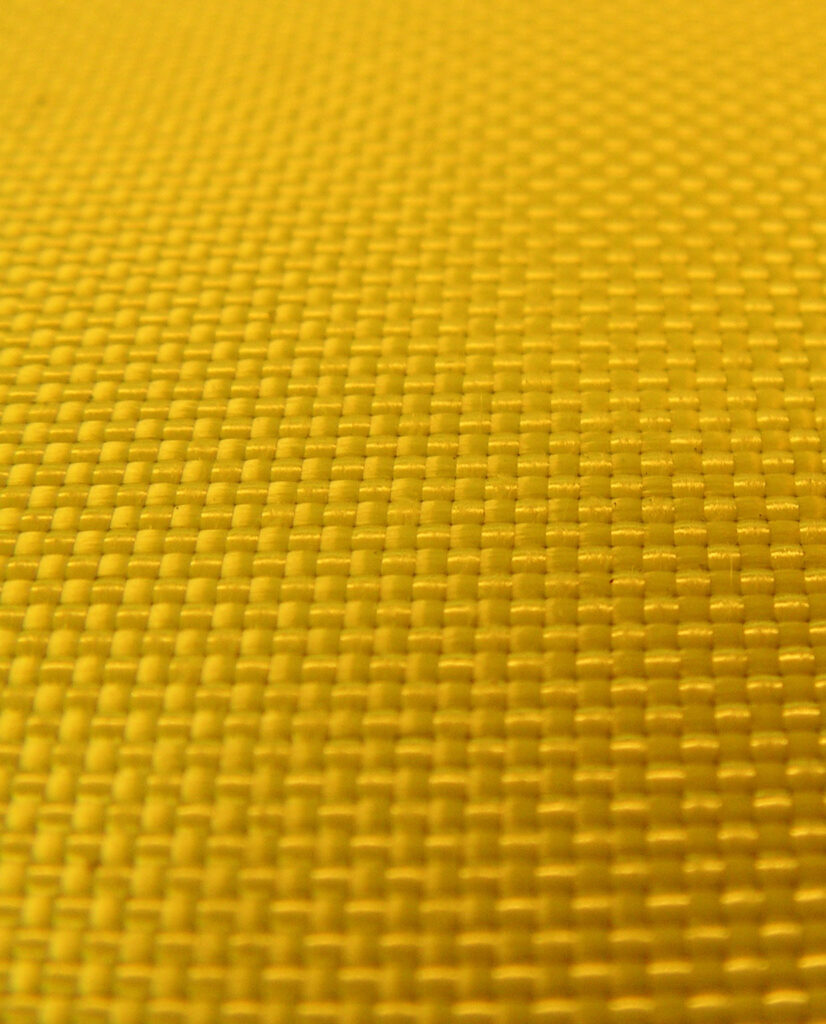The fundamental importance of safeguarding the lives of soldiers has taken center stage in the dynamic nature of modern warfare. The development of bulletproof vests is only one example of the many innovations that have helped protect soldiers from a wide variety of dangers. However, beneath this shield is a web of biomechanics and soldier health that needs careful consideration. The biomechanical consequences, probable health issues, and the role of prevention and therapy in assuring military well-being are all investigated in this study.
Navigating the Terrain: Striking a Delicate Balance
The constant effort to improve military safety while balancing weight and mobility is exemplified by the development of protective gear. Proof of this effort may be seen in the 95M bulletproof vest used by the Hungarian Home Defense Forces. This upper-garment protector is a perfect example of the careful balancing act that goes into making military gear that both protects soldiers and allows them to move freely. Averaging a weight of 4.5 to 5.1 kg, it represents the continued push to lighten the load on soldiers without compromising safety.
Beyond Protection: The Nexus of Biomechanics and Performance
Biomechanical strain causes more than just temporary discomfort. There may be far-reaching effects on troops’ mental and physical health as they adjust to the requirements of protective gear. Cognitive abilities may be compromised due to lower agility and fine motor skills, traits necessary for rapid decision-making in high-stress circumstances, as well as physical strain, increased fatigue, and changed movement dynamics.
Wearing protective equipment for extended periods exacerbates these biomechanical changes. Chronic musculoskeletal pain, joint dysfunction, and even nerve compression can result from repeated damage caused by body armor use over time. These problems not only reduce a soldier’s effectiveness in battle but also affect his or her health and quality of life after military service has ended.
Biomechanics: A Brief Insight into Mechanics of Motion

Understanding the complex relationship between protective gear and a soldier’s health necessitates the application of biomechanics, the study of the mechanics of human movement and structure. Human mobility is made possible by the musculoskeletal system, which also acts as a blank slate for the impacts of protective gear. The extra weight of body armor causes minor but noticeable changes in the posture, stride, and overall movement patterns of soldiers as they traverse difficult terrains and engage in dynamic combat scenarios. Although these biomechanical adjustments are critical for soldier safety, they require a holistic strategy to reduce the risk of problems.
Back to Basics: Raising Awareness about the Impact of Body Armor on Officer Well-Being
The Police Federation has launched a powerful campaign called “Back to Basics: Body Armor May be Affecting Your Health” in recognition of World Well-Being Week to put police officers’ health and happiness first. This timely effort highlights the need to achieve a balance between protection and physical strain by shedding light on the potential health concerns connected with prolonged body armor use.
The Back to Basics movement is a rallying cry, raising awareness of the severe toll that prolonged body armor use has on the human frame. There’s no doubt that body armor saves lives by protecting police officers, but overuse and prolonged wear raise concerns about health risks. The campaign has a double purpose: drawing attention to the problem while also providing helpful information and perspectives from other areas, encouraging the use of police treatment center facilities, and educating the public about preventative measures and accessible help.
At its heart, the campaign stresses the importance of officer wellness by providing officers with easy-to-implement strategies to reduce the risk of injury to their spines. The campaign website is a central repository for useful resources, such as educational videos and relevant links, to keep officers up-to-date on this critical issue.
Al Wollaston, secretary of the Hertfordshire Police Federation, highlights the campaign’s central message by calling for the deliberate removal of body armor in situations where it is unnecessary. While admitting the importance of body armor, Wollaston stresses that prolonged use might stretch the human skeletal structure beyond its natural capacity, which may have serious consequences for health. The possible negative consequences of body armor on police officers’ health have been brought into sharp focus by this discovery.
The national Well-being Sub-committee of the Police Federation is working with leaders from prestigious organizations like Flint House and the Police Treatment Centres to increase the campaign’s reach and efficacy. They’re attempting to find new techniques to reduce the stress on the body that wearing body armor causes. In addition, the subcommittee is collaborating closely with law enforcement agencies to stress the importance of protecting the well-being of law enforcement personnel. As part of this effort, we should promote safe techniques for storing and checking the condition of body armor.
Federation National Board lead for operational policing Steve Hartshorn emphasizes the campaign’s heart by discussing the realistic challenges faced by officers. Hartshorn points out that wearing body armor at all times, especially when at rest, may be taxing on the body and is commonly disregarded. He compares the discomfort of sitting in a vehicle or an office for long periods while wearing body armor to the discomfort of sitting in a car or an office while not wearing body armor.
An example of the campaign’s proactive nature is the formation of a body armor working group within the health and safety board. This team investigates the problem in depth, spotting obstacles associated with plate weight and the overall weight that cops must carry (including vehicles and other equipment). Surprisingly, the working group discovered that officers in England and Wales sought medical attention for back, shoulder, and neck pain that may be related to wearing body armor for extended periods.
The “Back to Basics” initiative serves as a powerful reminder of the precarious balance that must be maintained between officer safety and individual well-being. This campaign not only highlights the Police Federation’s dedication to officer welfare by pushing for the thoughtful management of body armor wear and instilling knowledge about potential risks, but it also paves the way for a healthier and safer future for law enforcement officers.
Officers are urged to follow the campaign’s progress via multiple mediums, including as social media updates, educational videos, and the Back to Basics microsite. The law enforcement community has made great strides toward striking the right balance between security and health through the use of heightened awareness and preventative measures.
Prevention and Therapy: Safeguarding Soldier Longevity
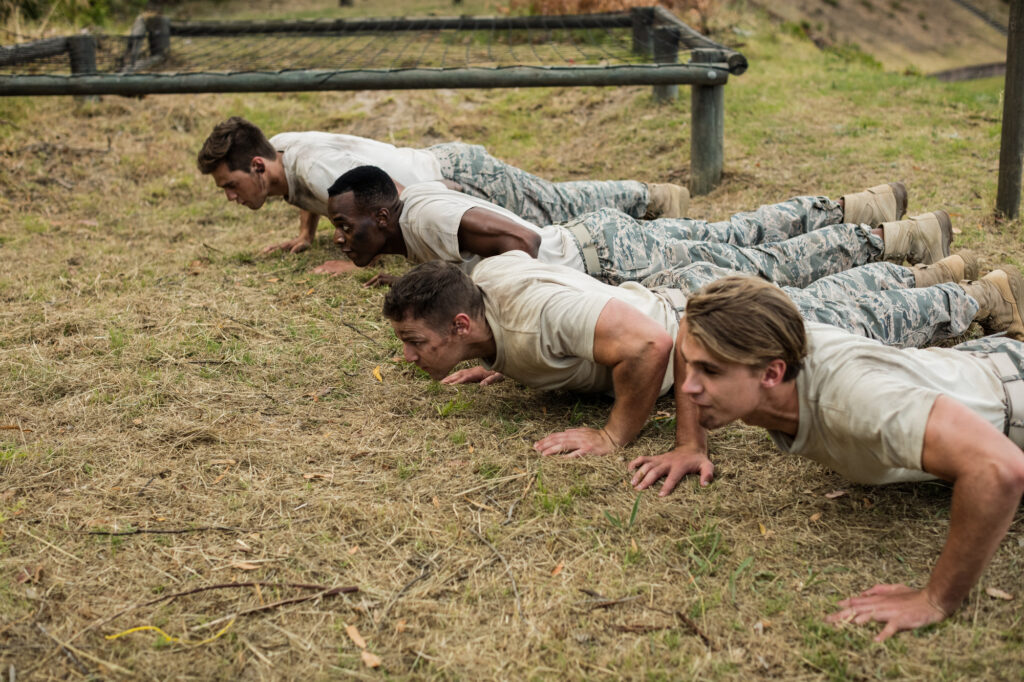
Prevention and treatment play crucial roles in the military well-being equation. Integrating thorough warm-up routines, targeted workouts, and stretching regimens emerges as a powerful armory against biomechanical strain beyond the area of warfare tactics. Strategically combining movement and exercise, kinesiotherapy provides a means of improving one’s muscle strength, joint flexibility, and resistance to health problems.
The cornerstone for a soldier’s health is the formulation of warm-up routines that are carefully planned to prepare the body for strenuous action. These routines, which incorporate deep breathing, shoulder rotations, head motions, and arm swings, serve as a warm-up for more strenuous exercises, mitigating the effects of biomechanical stress.
Stretching: A Path to Resilience
There is a lot of promise for stretching exercises to help soldiers cope with the stress of wearing body armor. Prone and supine back stretches help relieve tension in the muscles and joints stressed by wearing protective gear for long periods. When wearing body armor for long periods, a soldier’s range of motion and flexibility can become restricted.
Controlled movements known as pelvic curls help keep your lumbar curve and pelvis in good alignment, reducing your risk of lower back pain. These routines highlight the connection between spinal alignment and biomechanical wellness.
Future Considerations and Implications

The trade-off between worker protection and productivity is always being re-evaluated in light of developments in protective equipment. Body armor may become more complicated as the need for greater coverage and protection from new dangers arises, adding to the burden already held by soldiers and police personnel. The difficulty lies in finding ways to improve safety measures without compromising biomechanics, productivity, or well-being.
Researchers and producers need to work together to create body armor that provides adequate protection without compromising mobility. The dangers of musculoskeletal injuries and decreased mobility can be avoided and the chances of a mission’s success increased if designers have a firm grasp on the biomechanical consequences of body armor.
Biomechanics and bulletproof vests have a complex interaction, and technological advances must be carefully incorporated to maximize protection and efficiency. Comprehensive research and design in the field of body armor are crucial as we push the limits of personal protection. When the safety and effectiveness of soldiers and officers are a top priority, advancements in protective gear can keep pace with the needs of the modern battlefield.
Conclusion: Forging a Balanced Future
Biomechanics, troop health, and protective equipment all work together to provide a shifting picture that necessitates constant observation. Recognizing the interconnected nature of life protection and welfare preservation is critical in the never-ending quest for military superiority. An all-encompassing view that incorporates biomechanics, prevention, and rehabilitation is essential as technology continues to expand the capabilities of combat.
Veterans’ sacrifices have an impact on their quality of life long after they leave the military. Armed forces may enhance tactical efficiency and ensure that troops return home from deployment with their bodies and minds intact by treating biomechanics as a major component of soldier health. The harmonic combination of biomechanics and bulletproof vests is a monument to our dedication to the well-being of people who defend our nations as we negotiate the complicated landscape of modern combat.
Frequently Asked Questions (FAQ) – Biomechanics and Bulletproof Vests
What is biomechanics, and how does it relate to bulletproof vests and the safety of soldiers?
Movement, function, and the body’s reaction to force are the focus of biomechanics. When applied to the topic of bulletproof vests and soldier wellness, this knowledge sheds light on how armor can alter a person’s biomechanics, posture, and general health. Health issues among troops can be reduced by studying how they interact with their equipment and the environment.
What kind of effect do bulletproof jackets have on a soldier’s mechanics?
While bulletproof vests are essential for safeguarding soldiers, they do cause some adjustments to be made to their pace and posture. Musculoskeletal problems, joint strain, and decreased mobility are all possible outcomes of the biomechanical adaptations to the extra load and resulting constraints.
What are some of the health risks associated with using bulletproof vests?
As a result of changed movement dynamics, wearing a bulletproof vest for an extended time can cause persistent musculoskeletal discomfort, joint dysfunction, nerve compression, and even cognitive impairments. A soldier’s effectiveness, quality of life, and future health might all be negatively impacted by these issues.
How can our armed forces help their soldiers cope with the biomechanical stress of armor?
There are a variety of methods that soldiers can use to reduce biomechanical stress. Exercises for maintaining balance and stability include strengthening the abdominal muscles, extending the affected muscle regions, and warming up the muscles beforehand. It is also important to have correct form and body mechanics when donning and utilizing equipment.
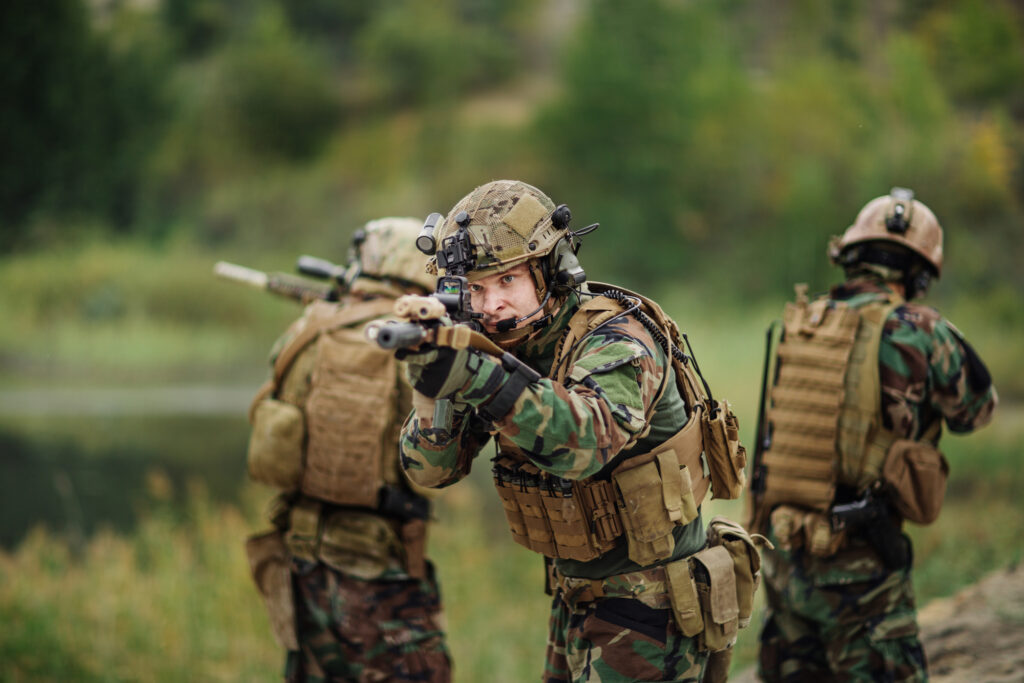
The Back to Basics movement: What is it and why do we need it?
The goal of the Back to Basics campaign is to raise consciousness about the importance of safe body armor use and the hazards associated with overexposure to the armor. The program’s goal is to teach service members when and why it’s important to take off their body armor to improve their health and prevent injury.
Exactly what role does kinesiotherapy play in the avoidance of biomechanical problems?
Kinesiotherapy is a form of treatment that uses specific exercises and motions to help people feel healthier and more confident. Kinesiotherapy can help troops recover from the harmful effects of biomechanical stress and improve their overall physical health.
What kinds of warm-up activities are ideal for troops outfitted with armor?
Deep breathing, shoulder rotations, head motions, arm swings, and knee lifts are all great ways to get warmed up before a workout. These practices prime the body for exercise, increase circulation, and lessen the likelihood of injury.
Is it possible that stretching could assist soldiers in dealing with the discomfort of wearing bulletproof vests?
When it comes to counteracting the negative effects of bulletproof vests, stretching exercises can be very helpful. Flexibility, reduced stiffness, and improved posture can all be achieved with exercises like back stretches, pelvic curls, and stretches aimed at specific muscle areas.
How can soldiers find a happy medium between safety and optimal body mechanics?
An all-encompassing strategy is needed to find a happy medium between safety and biomechanics. This involves donning protective gear that is lightweight, easy to move around in, and ergonomically sound. Furthermore, soldiers should follow prescribed warm-up routines, perform certain workouts, and make their health a top priority.
How can focusing biomechanics in military health affect things down the road?
Putting biomechanics at the forefront of military health can decrease the likelihood of chronic pain, increase mobility and performance, and improve the soldier’s quality of life after duty. It helps service members not only survive the hazards of combat but also return home in peak physical and mental condition. This FAQ is intended to provide general information only and is not meant to substitute for the advice of a qualified medical expert. To receive individualized advice pertinent to one’s health situation, people should speak with trained medical experts.


